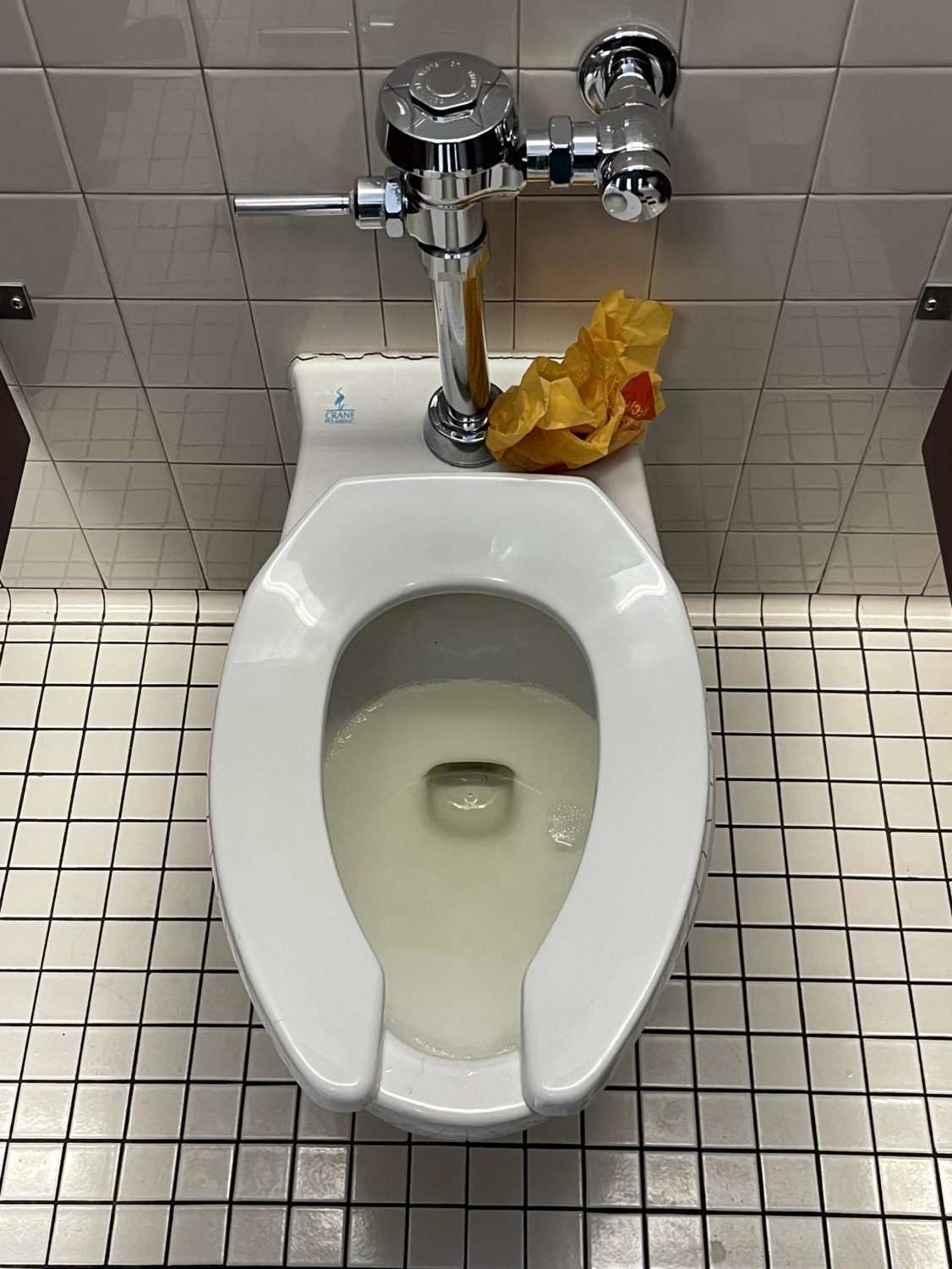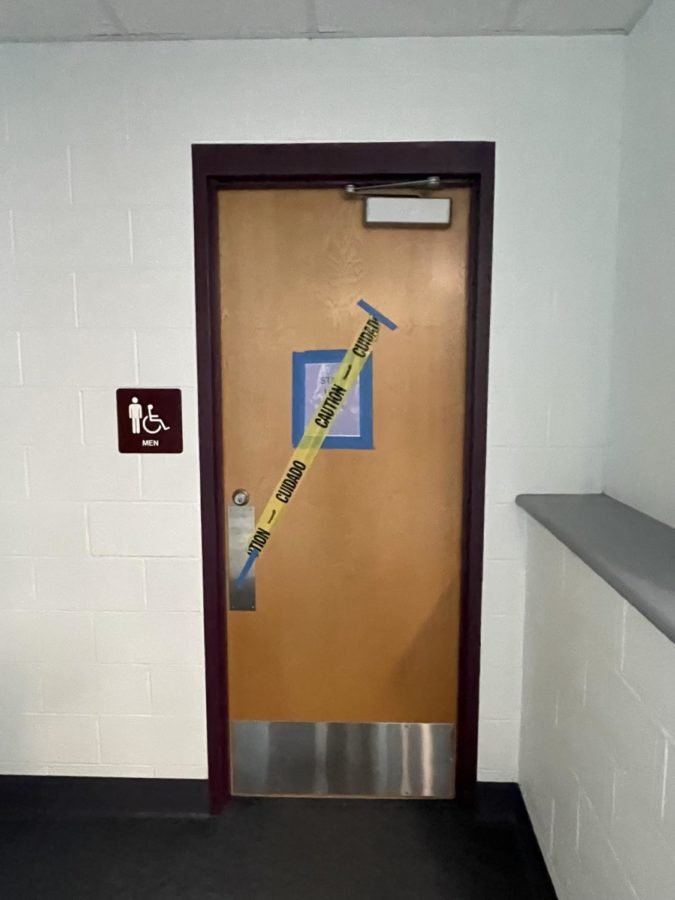School bathrooms require a lot of work: here’s what Arvada West’s facilities manager has to say
The voice of Mensur Hadzic, and what he has experienced.
School bathrooms. They go through a lot every day, fulfilling the needs of thousands of Arvada West students. Whether it be relieving themselves, checking their appearance, or simply taking a break from class to look at their phones, students use the bathroom for many reasons, including ones that are more sinister.
Yet every day, when the school day starts, students file into their classrooms and find the bathrooms cleaned and ready for another day of punishment. And while many do not pay much thought to this occurrence, the people who make it happen deserve to share their thoughts on the state of disrepair the bathrooms are left in every day, as well as the cleanup job that takes place every night.
Mensur Hadzic shares how for every bathroom, “it takes about 45 minutes to an hour to safely clean a bathroom and sanitize it.” He further elaborates, “Everybody (the custodial staff) has their own area to clean a bathroom. So usually for each area it’s about two and a half hours to clean the bathrooms.”
However, the nightly cleanup doesn’t just involve sanitation. In fact, graffiti shows up on a daily basis. In terms of his approach to cleaning it up, Hadzic shares, “We try to remove it if it’s graffiti immediately. If it’s a repair or vandalism damage, we try to fix it ASAP, so that way people, hopefully, see or realize that we really care, so it’s not like, ‘hey, this has graffiti’ and the next person comes in and can add something to it and it really can turn into an art show.”
He further adds, “As soon as we see small graffiti, we remove it; anything damaged or broken, we try to fix it, and sometimes we get into a week where we don’t have nothing [sic], and people really realize that we care. It doesn’t matter how bad they act, we still do what we’re supposed to do.”
Hadzic encounters damage in the boys’ bathrooms the most, but he finds more vandalism and tagging in the girls, so he shares that “it kind of evens out at the end of the year.”
However, the biggest pain is removing it, Hadzic states. “If it’s spray paint or marker, the only way we can remove it is to use sandpaper, and when you use sandpaper it damages the surface, and then you have to repaint it, and it just creates so much work.”
He elaborates, “Maybe some kids who are actually doing that, I wish we could catch them, not to get them in trouble, just so that they can realize and understand that something simple not to do can go a long way. If they make a poor choice to actually do that, it creates so much work and headache, unnecessary work, and we already have enough work here under this big building.”
An added problem is that “lately, we noticed that kids go to the bathrooms with their lunches, which is very unsanitary to eat their lunch in there, and once they’re done eating, they try to shove the plates and wrappers and stuff in the toilet, so it’ll clog the toilets and it’ll overflow.”

Hadzic’s job isn’t easy to begin with, but with all the added issues, it can become overwhelming. However, he believes that it doesn’t have to be this way, and shares his hope that students “would just come to the conclusion that restrooms are for us to use.”
He also states that one thing students can do to help him is, “Just understanding what the purpose of a restroom is. If you are a great artist, and some kids are great artists, I wish they would just join the art room. If some kid feels like he’s so strong and stuff, use those skills, be a wrestler, be a football player or something like that. Just understand the reason why we have restrooms. A lot of kids are not happy when they need to go use the restroom and it’s locked up because it’s destroyed or not safe for them to go in there.”
Hadzic warns students to “keep your eyes and ears open. If you go to the bathroom and you see something that doesn’t look right or doesn’t sound right, be a good citizen, and just report it.”
Finally, he stresses the importance of speaking up, saying, “This way, the counselors, administration, they can reach out to those students and say ‘you did something really bad, this is how much it cost, this is what it takes to get it done.’ And sometimes those kids will be like ‘oh my God, I haven’t even realized all the damage I’m creating, and how much work I’m creating, and I’ll never do it again.’ And hopefully, maybe down the road, we can build it so that people understand that restrooms are there and that we must have them to use them.”



